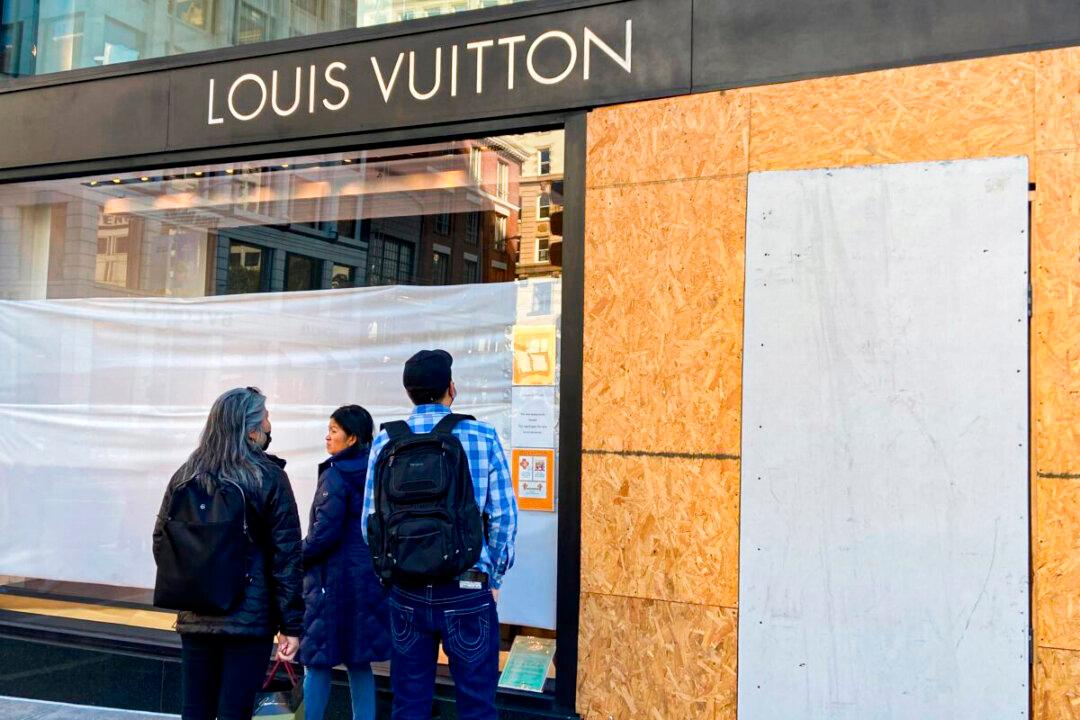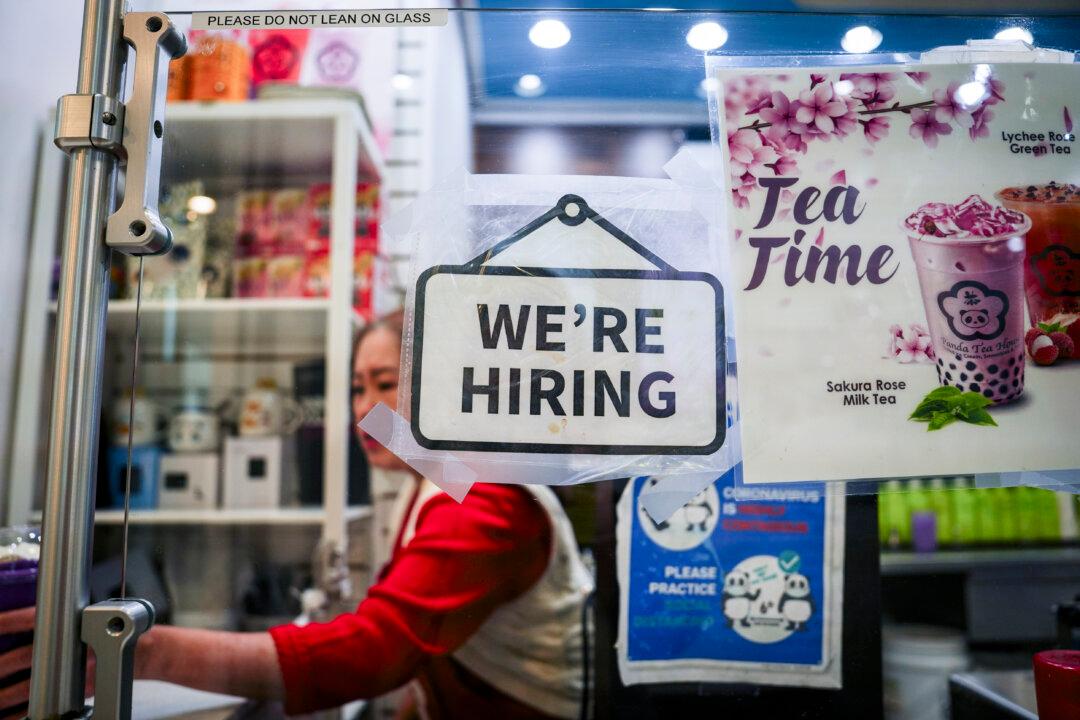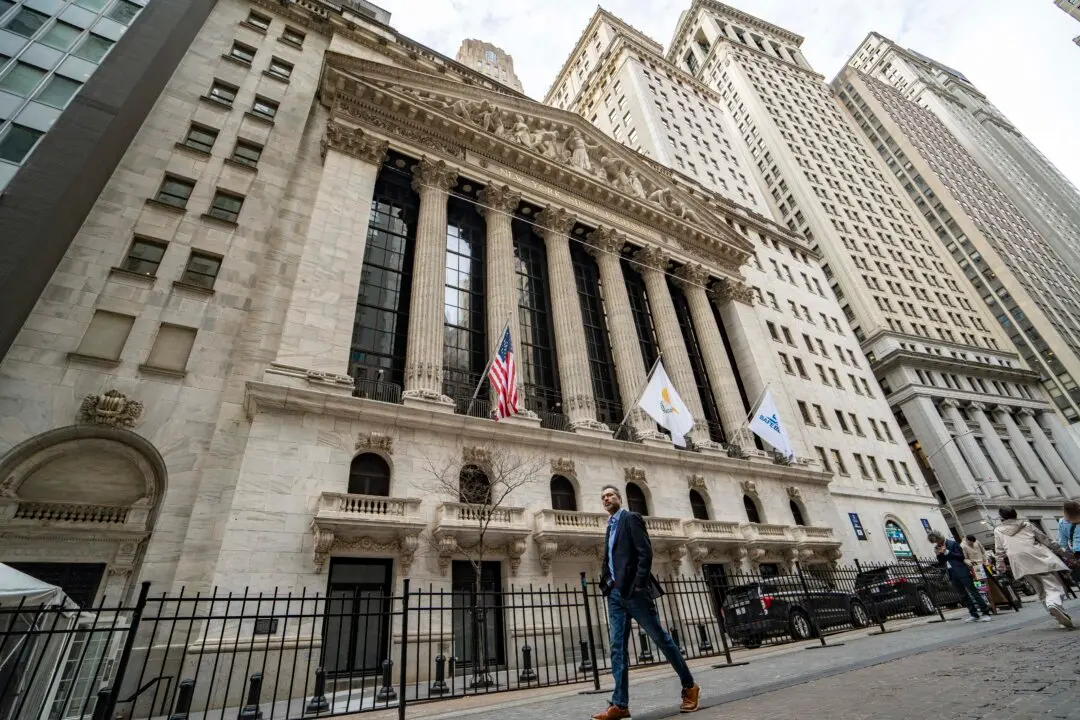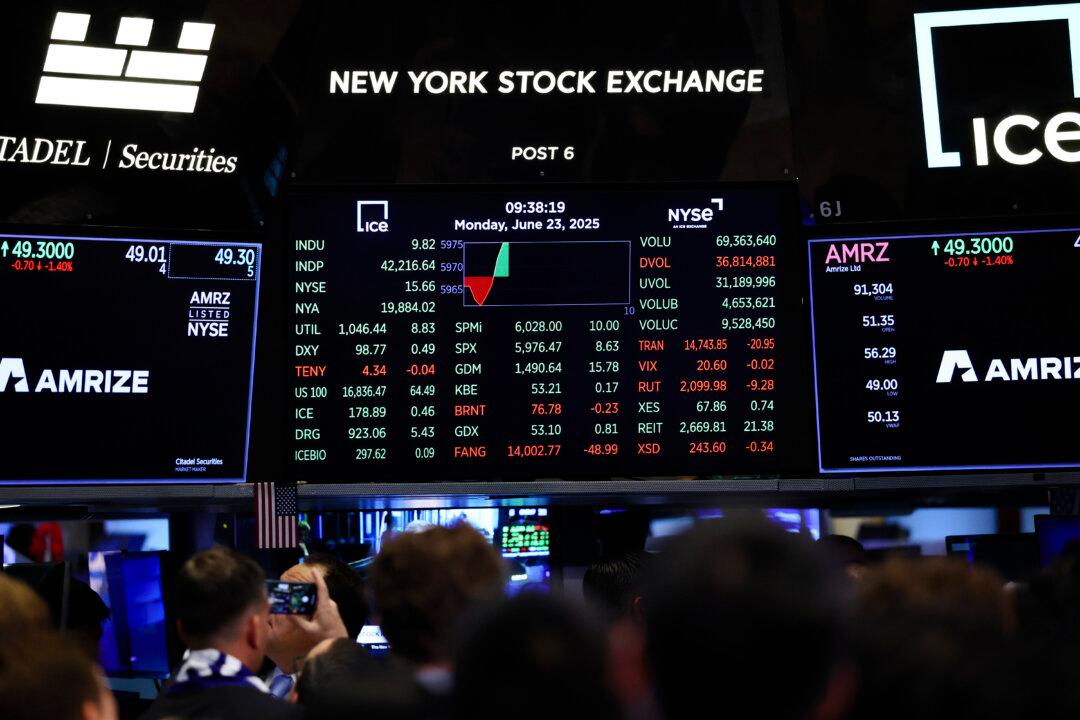Governments and law enforcement need to respond to the “significant increase” in shoplifting and organized retail crime occurring across the United States, says the Chamber of Commerce in a letter to policymakers.
In response to a recent Business.org survey that found a majority of small business owners saw an increase in shoplifting last year, the chamber proposed multiple steps that lawmakers should take to curb the upward trend in retail crime.





